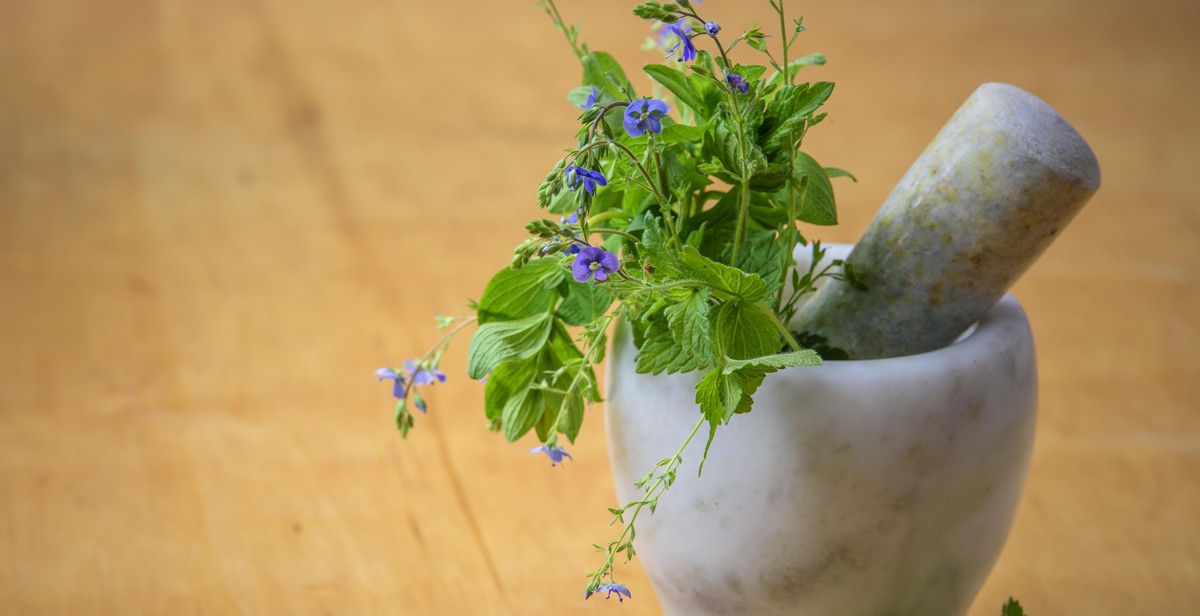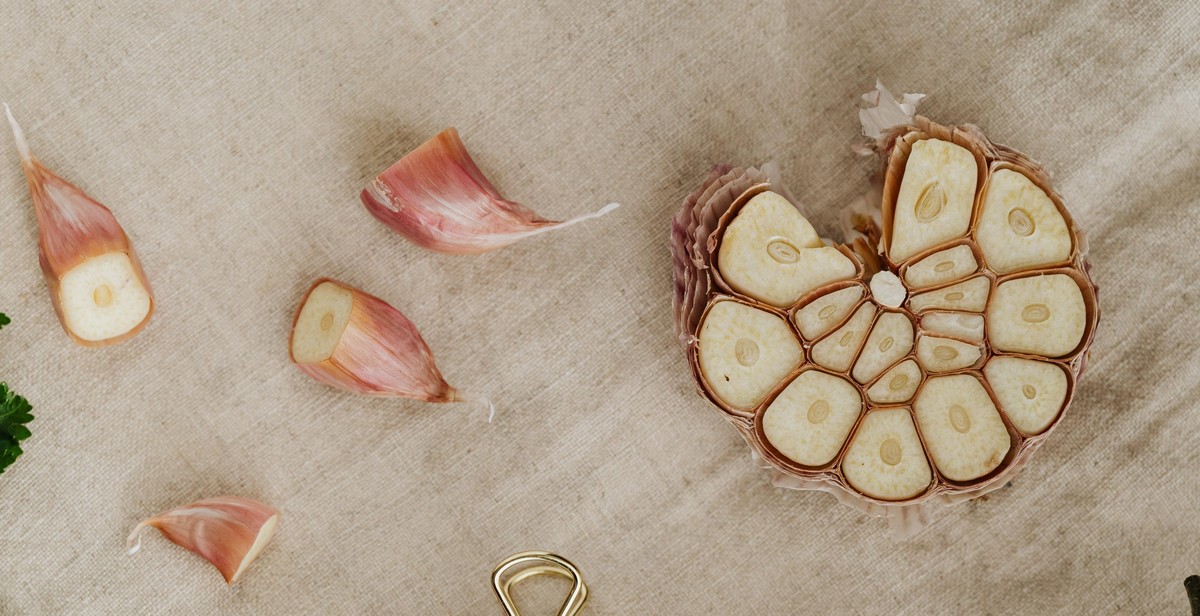How to Make Traditional Scandinavian Recipes: Exploring the Culinary Delights of the North
Scandinavian cuisine is known for its simplicity, freshness, and unique flavors. From the salty and smoky flavors of gravlax to the sweet and tangy lingonberry jam, Scandinavian cuisine has something to offer for everyone.
If you’re looking to explore the culinary delights of the North, you’ve come to the right place. In this article, we’ll take a deep dive into traditional Scandinavian recipes and show you how to make them in your own kitchen.
What Makes Scandinavian Cuisine Unique?
Scandinavian cuisine is heavily influenced by the region’s geography and climate. With long, dark winters and short summers, Scandinavian cuisine is designed to be hearty, warming, and comforting. Root vegetables, grains, and preserved foods are staples in Scandinavian cooking.
Another defining feature of Scandinavian cuisine is its emphasis on fresh, local ingredients. From foraged berries to wild-caught fish, Scandinavian cuisine celebrates the bounty of the region’s forests, lakes, and oceans.
Exploring Traditional Scandinavian Recipes
In this article, we’ll explore some of the most popular traditional Scandinavian recipes, including:
- Gravlax
- Smörgåsbord
- Köttbullar
- Frikadeller
- Kanelbullar
Whether you’re a seasoned cook or a beginner, these recipes are sure to impress your taste buds and transport you to the heart of Scandinavia.
History of Scandinavian Cuisine
Scandinavian cuisine has a long and rich history dating back to the Viking Age. Early Scandinavian cuisine was heavily influenced by the harsh climate and limited resources of the region. Fish, game, and dairy products were staples of the diet, while grains and vegetables were harder to come by.
Influence of Other Cultures
Over time, Scandinavian cuisine has been influenced by other cultures, including German, French, and Russian. The introduction of new ingredients and cooking techniques has resulted in a fusion of traditional Scandinavian flavors with international influences.
One of the most significant influences on modern Scandinavian cuisine is the New Nordic movement. This culinary movement, which began in the early 2000s, emphasizes the use of local, seasonal, and sustainable ingredients. It has led to a renewed interest in traditional Scandinavian cooking techniques and ingredients.
Modern Scandinavian Cuisine
Modern Scandinavian cuisine is characterized by its simplicity and focus on natural flavors. The use of fresh, seasonal ingredients is a hallmark of the cuisine, and dishes often feature a balance of sweet, sour, salty, and bitter flavors.
Some of the most popular ingredients in Scandinavian cuisine include fish, potatoes, berries, and bread. Smoked fish, such as salmon and herring, is a common ingredient in many dishes, as is pickled herring. Potatoes are often boiled and served with butter and dill, while berries are used in desserts and jams.
Bread is also an essential part of Scandinavian cuisine, with many different varieties available. Rye bread is particularly popular, and it is often served with butter and cheese. Other common breads include crispbread, flatbread, and sweet breads like cinnamon rolls.
In conclusion, the history of Scandinavian cuisine is a fascinating blend of traditional flavors and modern influences. From its humble beginnings as a survival diet to its current status as a world-renowned cuisine, Scandinavian food continues to delight and inspire food lovers around the globe.

Ingredients Used in Traditional Scandinavian Recipes
Scandinavian cuisine is known for its simplicity and use of fresh, high-quality ingredients. The region’s harsh climate and short growing season have influenced its cuisine, leading to the use of preserved and fermented foods. Here are some of the main ingredients used in traditional Scandinavian recipes:
Meat and Fish
- Salmon: A staple in Scandinavian cuisine, salmon is often cured, smoked, or baked and served with dill and mustard sauce.
- Herring: Another popular fish, herring is often pickled and served with potatoes and sour cream.
- Game meat: Elk, venison, and reindeer are commonly used in Scandinavian dishes, such as meatballs and stews.
- Pork: Pork is used in dishes such as Swedish meatballs and Danish bacon.
Dairy Products
- Cheese: Scandinavian cheeses such as Gouda and Jarlsberg are popular, as well as traditional cheeses like Swedish Västerbotten and Danish Blue.
- Butter: Butter is a key ingredient in many Scandinavian recipes, and is often used in baking.
- Sour cream: Sour cream is commonly used as a topping for dishes like herring and potatoes.
- Yogurt: Yogurt is used in many Scandinavian desserts and breakfast dishes.
Grains and Cereals
- Rye bread: Rye bread is a staple in Scandinavian cuisine, and is often served with butter and cheese.
- Potatoes: Potatoes are used in many Scandinavian dishes, such as mashed potatoes and potato dumplings.
- Oats: Oats are used in traditional Swedish and Norwegian porridge dishes.
Berries and Fruits
- Lingonberries: Lingonberries are a tart, red berry that are commonly used in Scandinavian cuisine, often served with meat dishes.
- Cloudberries: Cloudberries are a sweet, yellow berry that are used in desserts and jams.
- Apples: Apples are used in many Scandinavian desserts and baked goods, such as apple cake and apple pie.
| Category | Examples |
|---|---|
| Meat and Fish | Salmon, herring, game meat, pork |
| Dairy Products | Cheese, butter, sour cream, yogurt |
| Grains and Cereals | Rye bread, potatoes, oats |
| Berries and Fruits | Lingonberries, cloudberries, apples |

Traditional Scandinavian Recipes: Exploring the Culinary Delights of the North
Scandinavian cuisine is known for its simplicity, freshness, and use of local ingredients. The food is hearty and satisfying, perfect for the cold winter months. In this article, we will explore some traditional Scandinavian recipes that you can easily recreate at home.
Smörgåsbord
Smörgåsbord is a traditional Swedish buffet that consists of a variety of cold and hot dishes. The word smörgåsbord literally means “bread and butter table” and it is typically served during festive occasions such as Christmas and Midsummer. The key to a successful smörgåsbord is to have a good variety of dishes that complement each other.
- Gravlax: Gravlax is a cured salmon dish that is typically served with dill and mustard sauce. To make gravlax, you will need fresh salmon, salt, sugar, dill, and black pepper. The salmon is cured for at least 24 hours before being thinly sliced and served.
- Köttbullar: Köttbullar, or Swedish meatballs, are a classic Scandinavian dish that is served with lingonberry jam and mashed potatoes. To make köttbullar, you will need ground beef, breadcrumbs, milk, onion, egg, salt, and pepper. The meatballs are browned in a pan before being baked in the oven.
- Kanelbullar: Kanelbullar, or cinnamon rolls, are a popular Swedish pastry that is typically enjoyed with coffee. To make kanelbullar, you will need flour, milk, yeast, sugar, butter, cinnamon, and cardamom. The dough is rolled out, spread with butter and cinnamon sugar, and then rolled up and sliced before being baked in the oven.
Smörgåsbord Recipe
| Dish | Ingredients | Instructions |
|---|---|---|
| Gravlax | fresh salmon, salt, sugar, dill, black pepper | Cure salmon for at least 24 hours before thinly slicing and serving with dill and mustard sauce. |
| Köttbullar | ground beef, breadcrumbs, milk, onion, egg, salt, pepper | Brown meatballs in a pan before baking in the oven. Serve with lingonberry jam and mashed potatoes. |
| Kanelbullar | flour, milk, yeast, sugar, butter, cinnamon, cardamom | Roll out dough, spread with butter and cinnamon sugar, and then roll up and slice before baking in the oven. Serve with coffee. |
Conclusion
Exploring traditional Scandinavian recipes can be a delightful culinary adventure. From the warm and hearty soups to the sweet and savory pastries, the North has a lot to offer. By following the tips and techniques shared in this article, you can recreate the authentic flavors of Scandinavian cuisine right in your own kitchen.
Key Takeaways
- Traditional Scandinavian recipes are simple, rustic, and hearty.
- Scandinavian cuisine is heavily influenced by the region’s cold climate and abundant natural resources.
- The North has a rich culinary heritage that spans centuries and includes a wide variety of dishes and ingredients.
- Some of the most popular Scandinavian dishes include meatballs, gravlax, cinnamon buns, and rye bread.
Final Thoughts
Whether you are a seasoned cook or a novice in the kitchen, trying out traditional Scandinavian recipes can be an enjoyable and rewarding experience. With their emphasis on fresh, natural ingredients and simple preparation methods, these dishes are not only delicious but also healthy and nourishing. So why not spice up your culinary repertoire and discover the delights of the North today?
